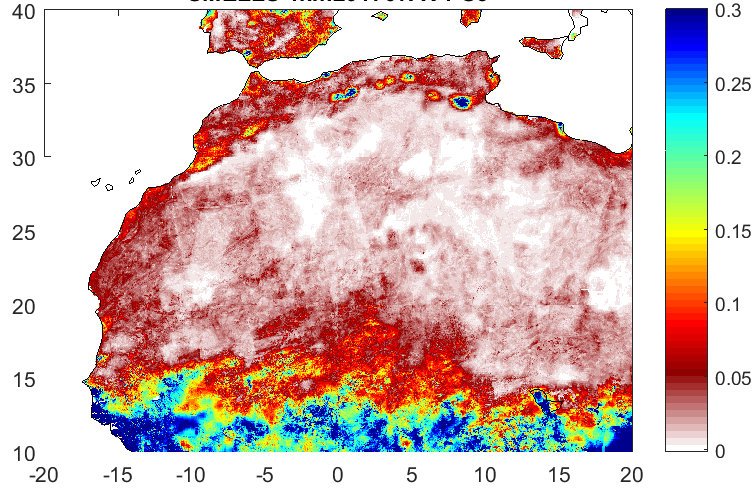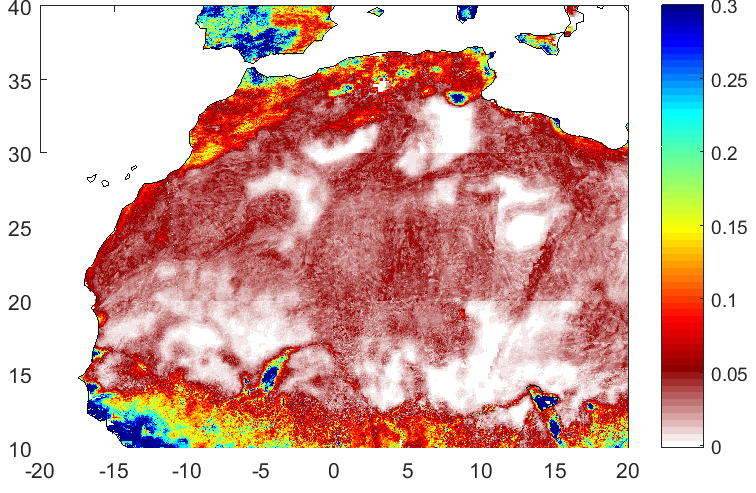A swarm measuring one square kilometre contains about 40 million locusts, which eat the same amount of food in one day as approximately 35,000 people.
More than 8 million people in West Africa were affected during the 2003-2005 plague, in which cereal crops were wiped out and up to 90% of legumes and pasture were destroyed. It took nearly $600 million and 13 million litres of pesticide to bring it under control.
Satellite data is being used in a novel way to predict favourable conditions for desert locust swarms. The new technology, largely based on high-resolution soil moisture data, helps to increase the warning time for locust outbreaks by up to two months.
A new tool was developed by isardSAT and Cirad, under a contract with the European Space Agency, to monitor and forecast the conditions that can lead to locust swarms, such as high moisture and green vegetation. Swarming occurs when a period of drought is followed by abundant rains and rapid vegetation growth. Results were validated in Algeria, Mali, Mauritania and Morocco in coordination with National Authorities and FAO.
During the latest outbreak in Mauritania (2016), the team was able to identify a time lag of about 70 days from the initial signs of soil moisture to when the outbreak eventually occurred. These results were obtained using Earth observation data from the operational soil moisture service with global coverage operated today by Lobelia.
learn more
Decadal 1-km soil moisture estimates (July 2017)

Decadal 1-km soil moisture estimates (November 2017)









